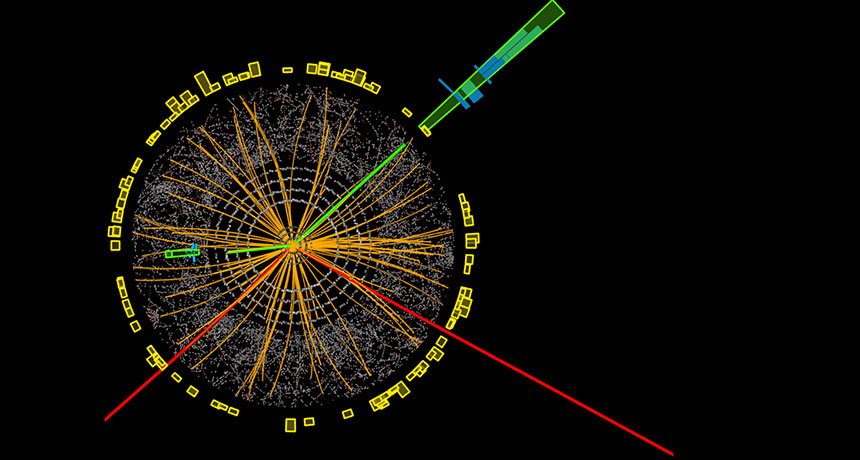| Version 22 (modified by , 5 years ago) ( diff ) |
|---|
The scientific program is focused on the investigation of the origin of mass and its consequences. The notion of mass and its generation permeates many aspects of fundamental physics. At the microscopic level it is intimately related to the mysterious nature of the vacuum and how particles acquire mass, to the questions of how matter forms and why there is much more matter than anti-matter.
At the macroscopic level, it is intimately related to gravity, and to the observation that there is roughly five times more dark, non-luminous matter than ordinary matter. It is deeply rooted in the dynamics and history of the Universe through the even more mysterious presence of dark energy and the accelerating expansion. The project is original and innovative as it brings together physicists from different fields, from particle physics to cosmology, using different methodological approaches (from mathematical physics to instrumentation), sharing a common interest in the enigma of mass.
The program is organized in three work packages, as described below with strong interconnections between them.
| Work Package 1: Origin of mass and search for new physics |
During Enigmass1, the Higgs boson was discovered. This constitutes a major achievement in the domain of the enigma of mass. The consortium played a key role in both this discovery and the exploitation of the early results on the Higgs couplings. The experimental data acquired so far point to the simplest, renormalizable version of spontaneous symmetry breaking. Non-discovery of new physics at the LHC, combined with the particular value of the Higgs mass, has ushered a new paradigm.
Enigmass2 will probe some of the key issues of this new landscape. Higgs physics and the concomitant understanding of the structure of the vacuum feature prominently in its research program. Searches for sources of CP violation beyond the standard model (SM) are the second key theme as they are relevant to the matter/anti-matter asymmetry in the Universe.
| Work package 2: Gravitational waves and multi-messenger science |
| Work package 3: Dark matter and dark energy in the Universe or the standard model of cosmology |
Attachments (4)
- 3-eso0804a.jpg (188.9 KB ) - added by 5 years ago.
-
1-Work Package 1.jpg
(92.2 KB
) - added by 5 years ago.
A photo of a high-speed particle collision showing evidence of the Higgs boson. ®CERN photo.
-
2-Work package 2.jpg
(89.3 KB
) - added by 5 years ago.
Two supermassive black holes spiral together after their galaxies have merged, sending out gravitational waves. ©Swinburne Astronomy Productions
-
3-Work package 3.jpg
(188.9 KB
) - added by 5 years ago.
Snapshot from a computer simulation of the formation of large-scale structures in the universe, showing a patch of 100 million light-years and the resulting coherent motions of galaxies flowing toward the highest mass concentration in the center. ©ESO WDS-team
Download all attachments as: .zip



